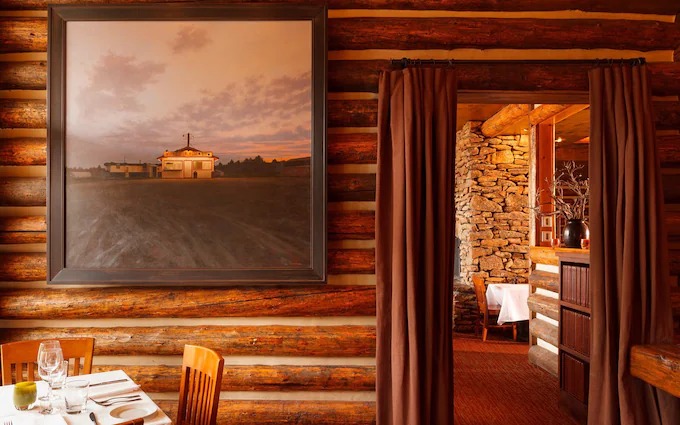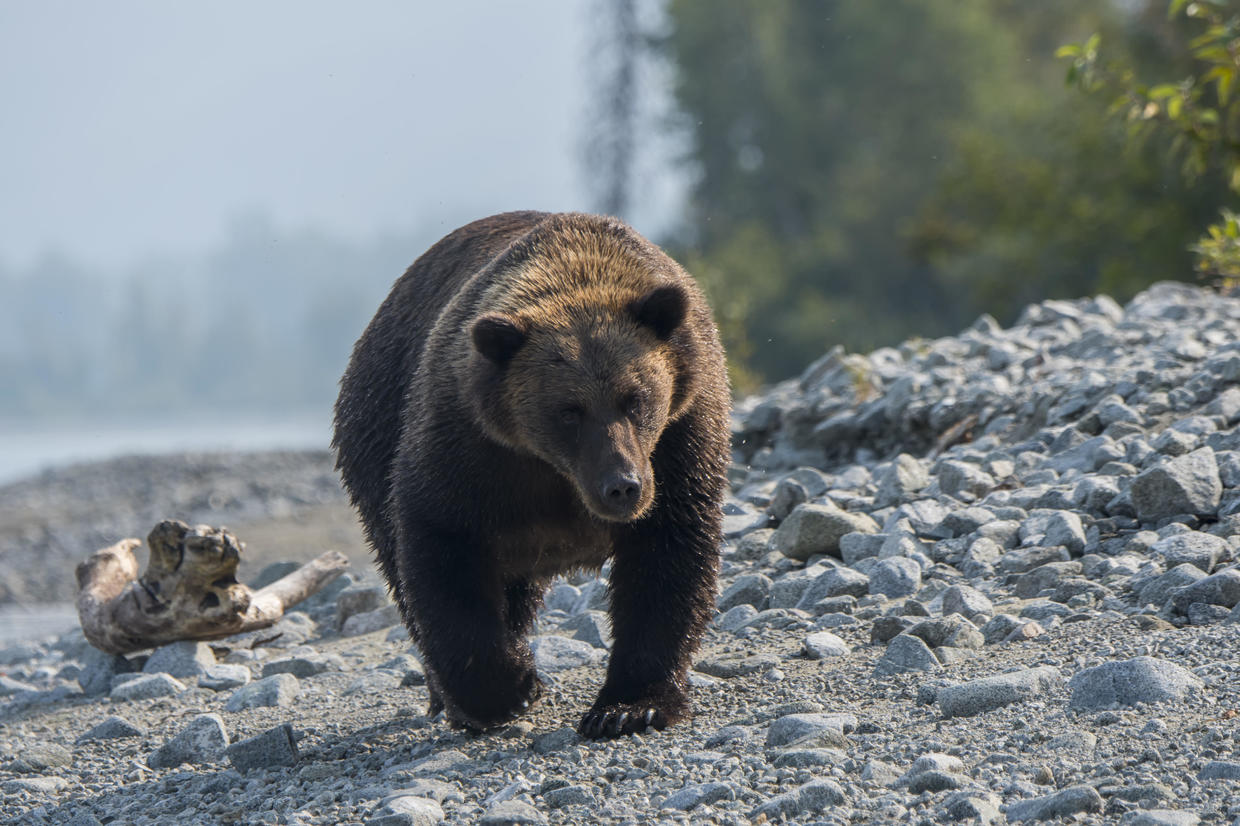Why Wyoming’s Auroras Turned Red, Green And Purple: It All Comes Down To Height
The original story by Andrew Rossi for Cowboy State Media.
Wyoming is still buzzing after last week’s jaw-dropping light show, when the Northern Lights lit up the sky from the Big Horns to the Tetons — and, incredibly, as far south as Mexico. For many longtime skywatchers and photographers, it was the “best ever” aurora they’ve seen over the Cowboy State.
On the night of Nov. 11, the sky didn’t just glow the usual ghostly green. Columns of deep red, bands of purple, and glowing curtains of green stretched across the horizon for hours. Photographer Laura Redmond was out shooting and could hardly believe what she was seeing.
“There was a lot of red, which is very unique,” she told Cowboy State Daily. “You usually don’t get a ton of red. It was pretty phenomenal.”
As magical as it looked, there’s a solid bit of physics behind every one of those colors — and it all comes down to altitude, the kind of particles in the atmosphere and how strong the solar storm is when it crashes into Earth’s magnetic field.
Auroras happen high above us in the ionosphere, a layer of the atmosphere that starts roughly 30 miles up and stretches hundreds of miles into space. When a coronal mass ejection — a big burst of charged particles from the sun — slams into Earth, its electrons are funneled by the planet’s magnetic field toward the poles. There, they collide with atoms and molecules in the upper atmosphere, and those collisions are what create the colors we see.
Retired meteorologist and former Wyoming state climatologist Jan Curtis explains it this way: lower parts of the upper atmosphere tend to have more molecules, while the higher regions have more single atoms. Each type lights up a different color when it’s hit by those energized particles.
Near the bottom of the auroral zone, less than about 60 miles above Earth, incoming particles bang into nitrogen molecules. When that nitrogen gets excited and then relaxes, it can release a pinkish glow. Go higher, up between about 75 and 110 miles, and you’re in a region where oxygen and nitrogen are both in play. In very specific conditions, that can produce rare blue auroras, though those are far less common.
Most of what we see, especially in Wyoming, is that classic yellow-green. That color also shows up between roughly 75 and 110 miles up, and it comes from energized oxygen atoms dropping back down to their normal state. According to Curtis, that green is so common because that’s the “sweet spot” where most of the particles in a solar storm slam into our atmosphere. It also happens to be a color the human eye is very sensitive to in low light, which makes it pop in the night sky.
“Atomic oxygen is rare below this zone, so the green aurora fades,” Curtis said. “When you see green, it’s the oxygen.”
Red is a different story. That color only shows up much higher, above roughly 150 miles, where oxygen atoms are more spread out and interactions happen more slowly. When you see big, intense red bands towering above the green, that’s a clue that the storm overhead is really cranked up. Last week’s display had a lot of red, a sign of just how powerful the geomagnetic storm really was.
The colors also tell you something about where you’re standing relative to the heart of the action. Auroras aren’t just a random smear around the pole — they tend to form in a ring called the Auroral Oval. Normally that oval sits over places like Alaska, Greenland and northern Scandinavia. When storms are mild, folks in mid-latitudes only see the very top edge of the aurora far to the north.
“The Auroral Oval determines the maximum likelihood and frequency of the Northern and Southern Lights,” Curtis said. “At the mid-latitudes, we’re usually seeing the very tops of the aurora. When you’re at the polar latitudes, you’re seeing the bottom of the aurora. When you’re right underneath the Auroral Oval, you’re seeing the entire aurora.”
Last week, the oval shifted dramatically south. Instead of just catching a faint green smudge near the horizon, Wyoming ended up under the main ring, which is why residents saw towering curtains and the full color spectrum from horizon to zenith. The same storm pushed visible auroras all the way into the Lower 48 and beyond, with reports as far south as Mexico.
To make things even more intense, there weren’t just one but two coronal mass ejections aimed at Earth that night. They hit close enough together that their effects overlapped in the atmosphere.
“It’s not just one CME after another,” Curtis said. “The intensity of each CME actually doubles or triples because of the way they overlap and interact with each other.”
Those combined blasts created a Severe G4 geomagnetic storm Nov. 11–12 — the strongest of 2025 so far, rivaling another big one in May 2024. For photographers and night-sky fans, the result was an unforgettable show.
“We’ve gotten some good shows in Wyoming, but that night was unique,” Redmond said. “It’s the best I’ve ever seen in Wyoming.”
Part of the reason we’ve seen so many auroras lately is timing. The sun goes through an 11- to 22-year cycle, swinging from quiet periods to times when its surface is littered with sunspots and flinging off frequent CMEs. Right now, we’re on the back side of that “solar maximum” — still active, but starting to cool off.
“I would say that we have a six-to-nine-month window before these types of events have a very low probability of occurring until the next maximum cycle,” Curtis said.
The National Oceanic and Atmospheric Administration’s Space Weather Prediction Center isn’t flagging any major incoming CMEs in the next few days, and we usually only get about 72 hours’ warning from the time a sunspot erupts to when its particles reach Earth. At the moment, the most active face of the sun is turned away from us, but the star rotates roughly every 28 days. When that same region spins back toward Earth, the sunspots that fired off November’s big storms could light up again.
Curtis says aurora chasers shouldn’t pack away their cameras and tripods just yet. Every aurora is different, and the right cocktail of solar activity, timing and clear skies could line up again.
“If there’s a lot of activity on the far side of the sun over the next two weeks, there is a very good likelihood for continuation of the Northern Lights,” he said. “If we get another very active solar storm, we’ll see another rainbow of colors.”
For now, Wyomingites can savor the memory of a night when the whole sky turned into a living, shifting painting — and know that those reds, greens and purples weren’t just pretty. They were a real-time map of energy flowing from the sun, all the way down through Earth’s atmosphere, layer by glowing layer.







The latest news in your social feeds
Subscribe to our social media platforms to stay tuned